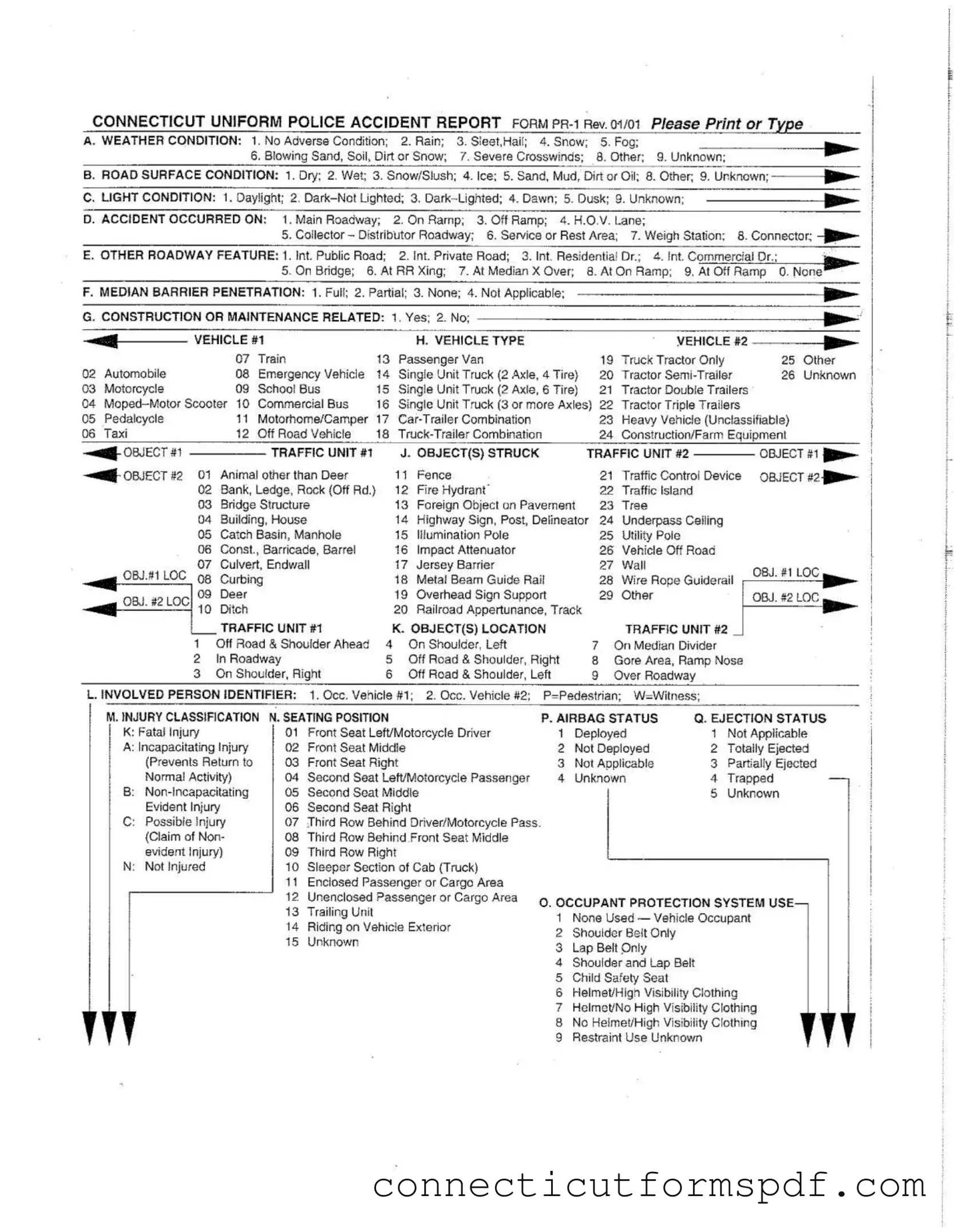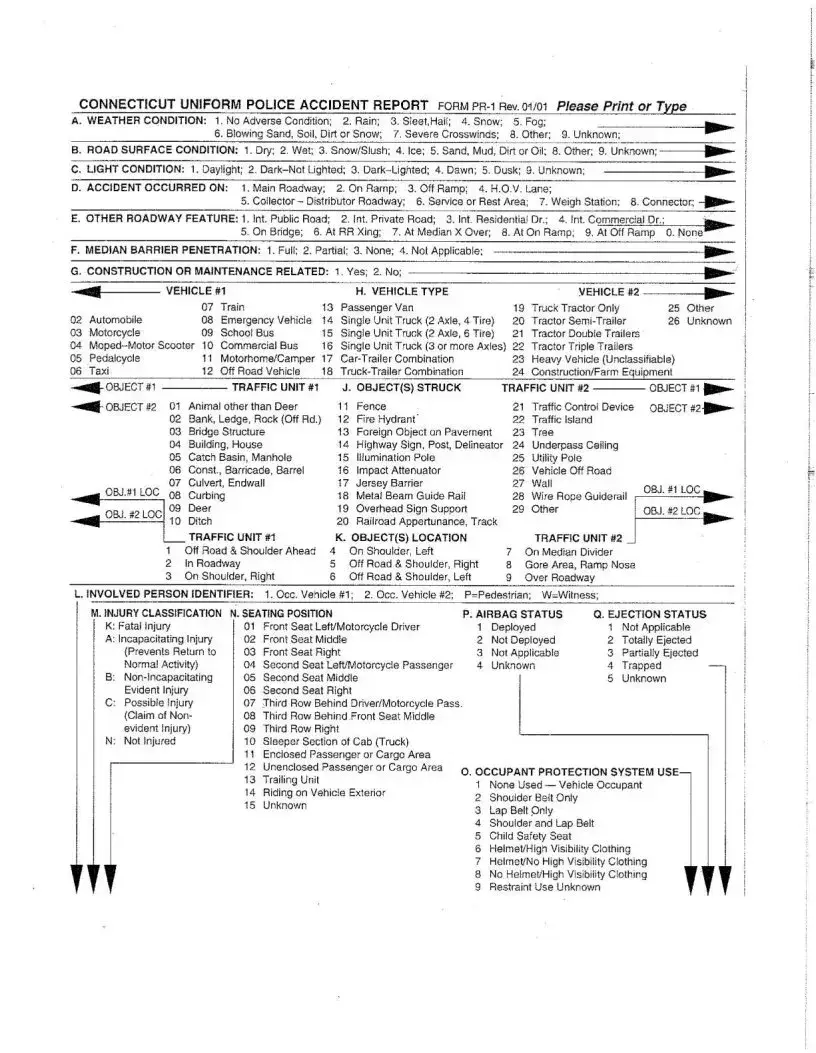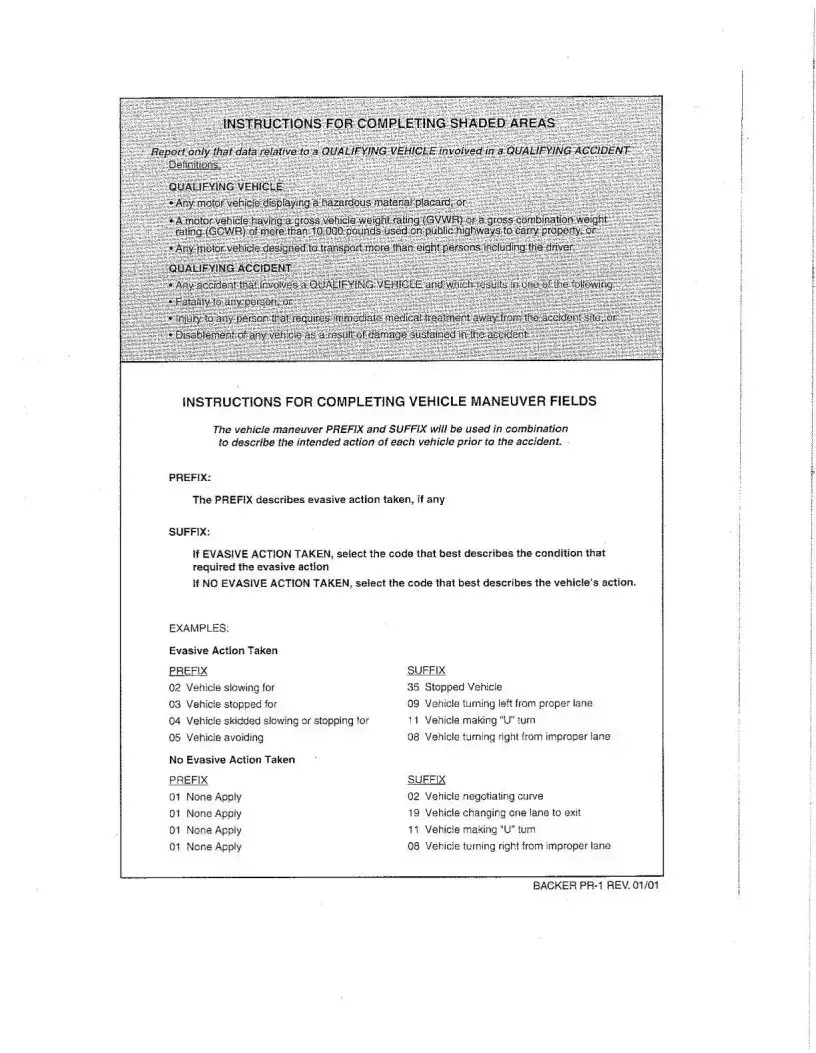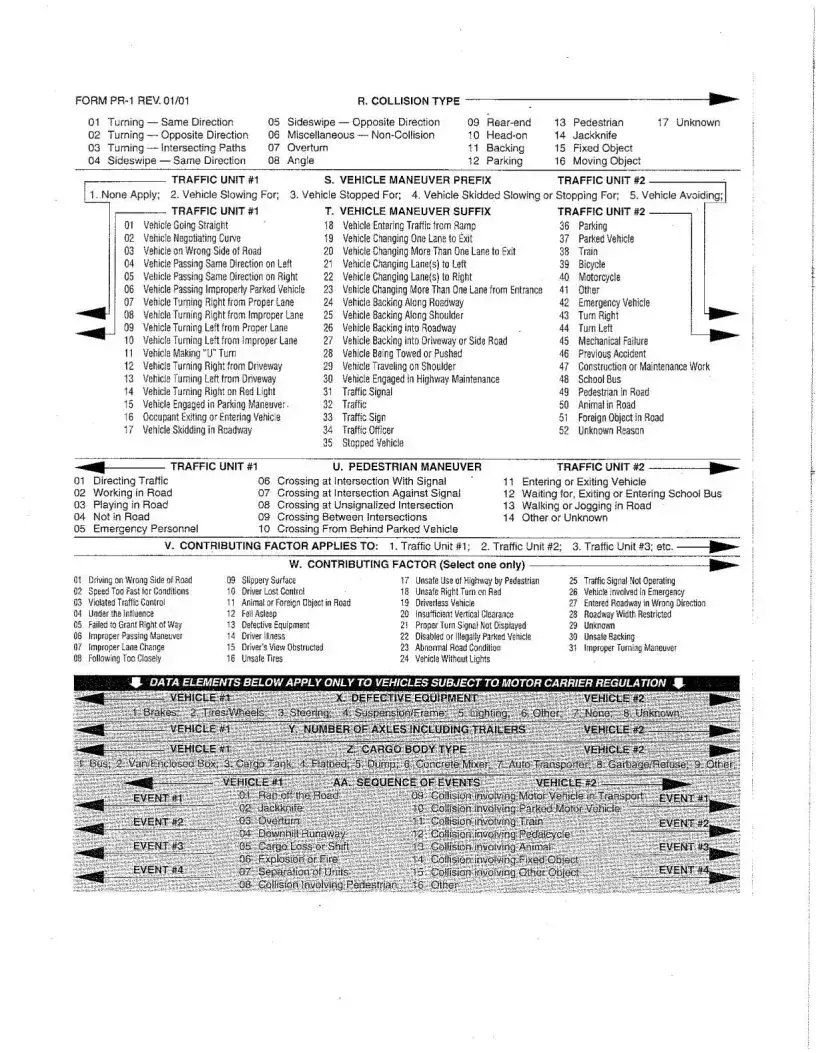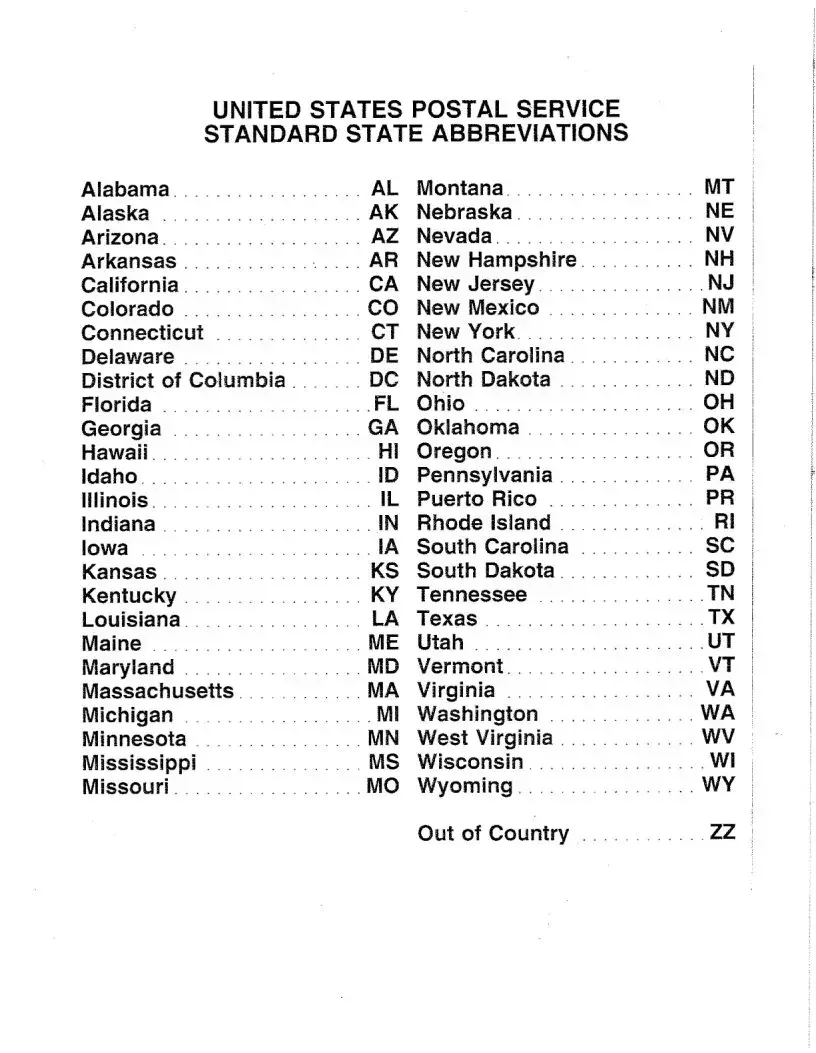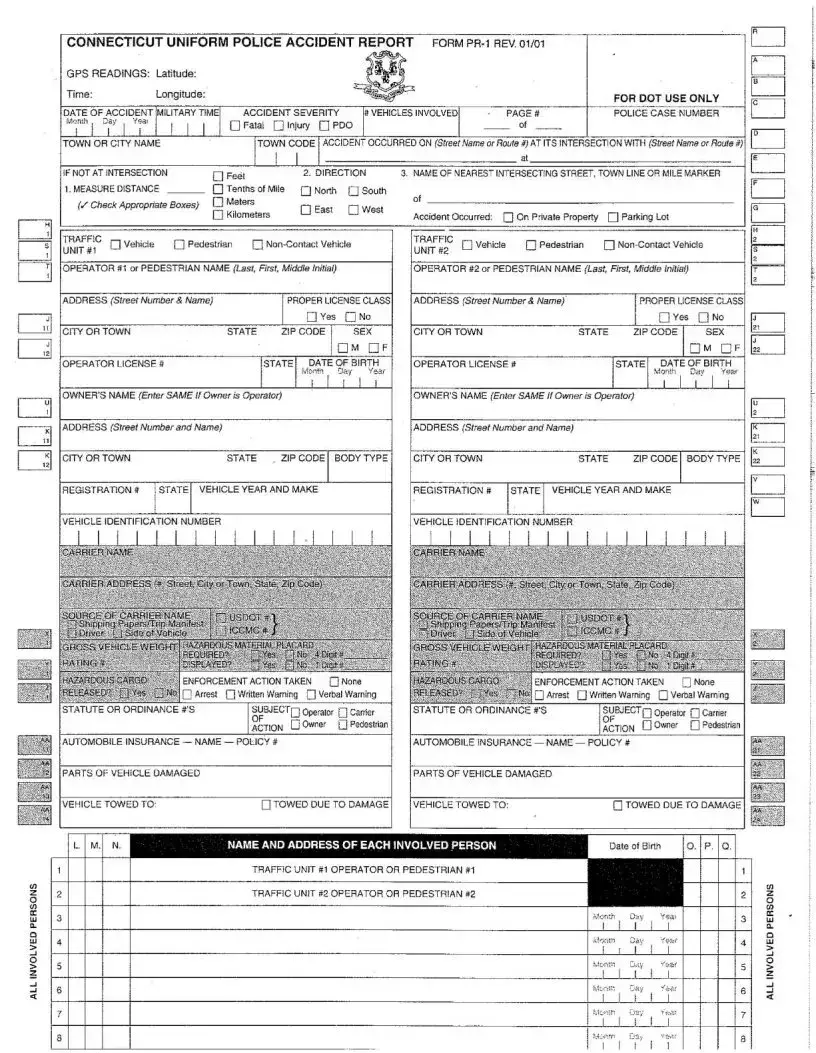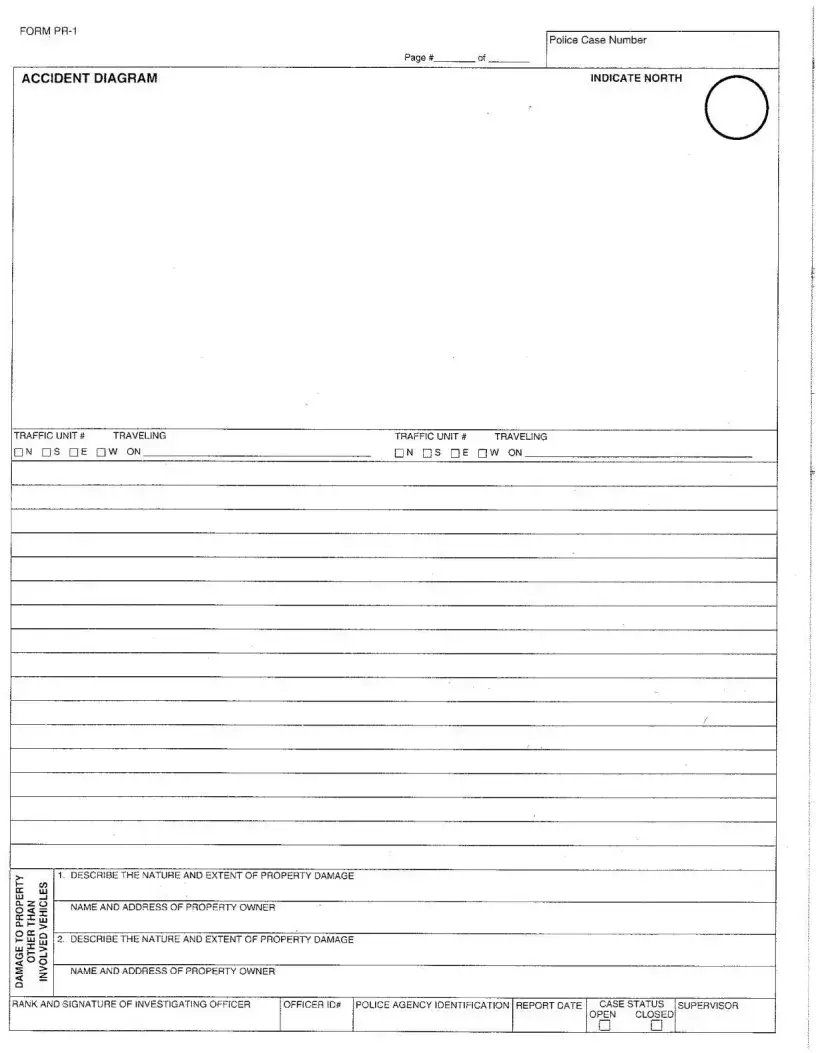Fill Out a Valid Connecticut Uniform Police Accident Report Template
The Connecticut Uniform Police Accident Report form stands as a standardized document, meticulously designed to capture all pertinent details resulting from vehicular accidents within the state. This form serves as an essential tool in the hands of law enforcement, facilitating a comprehensive and uniform approach to accident documentation. For those involved in a traffic incident, understanding how to accurately complete or obtain a copy of this report is crucial for insurance claims and legal purposes. Click the button below to learn more about filling out or retrieving this pivotal form.
Launch Editor Now
